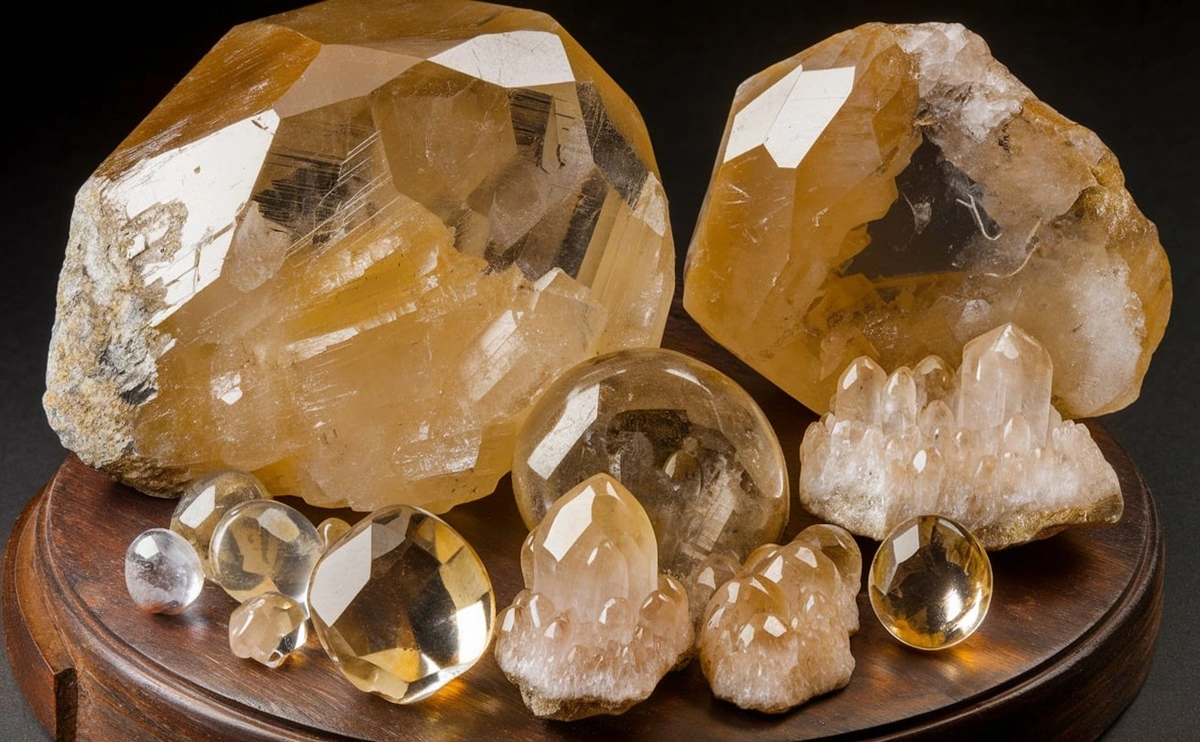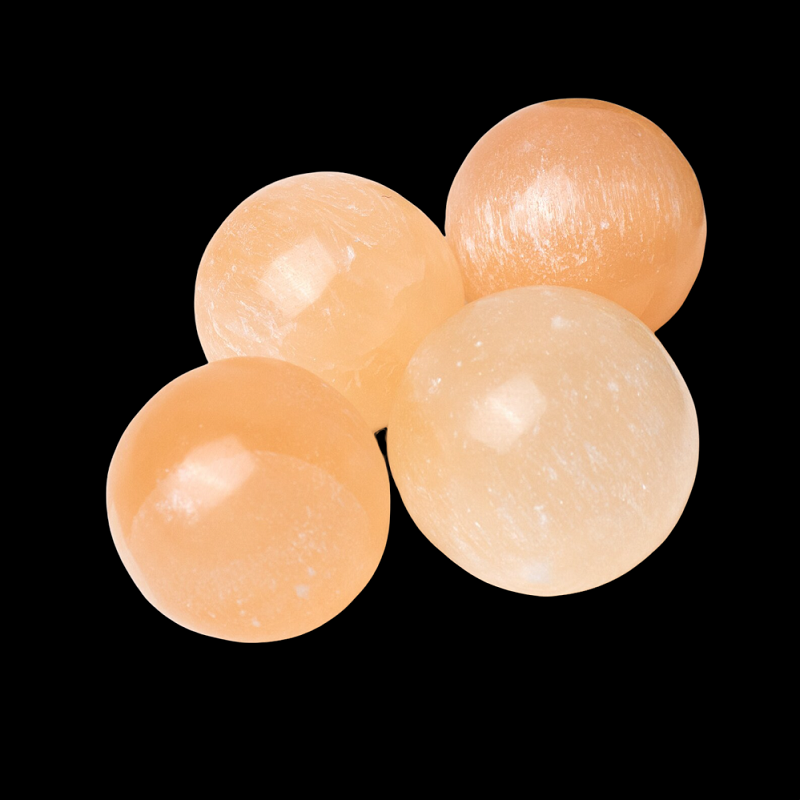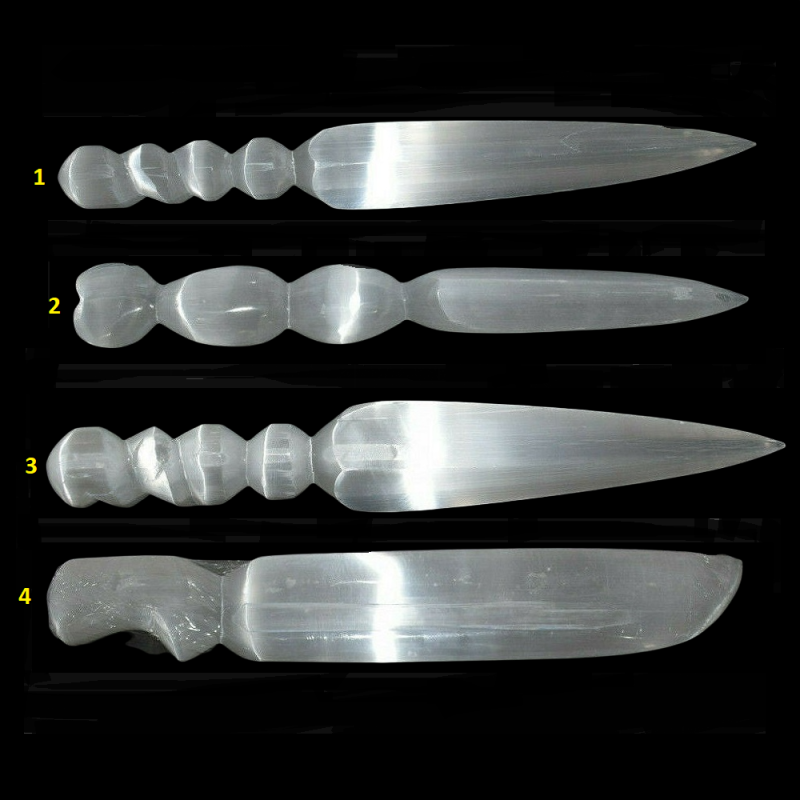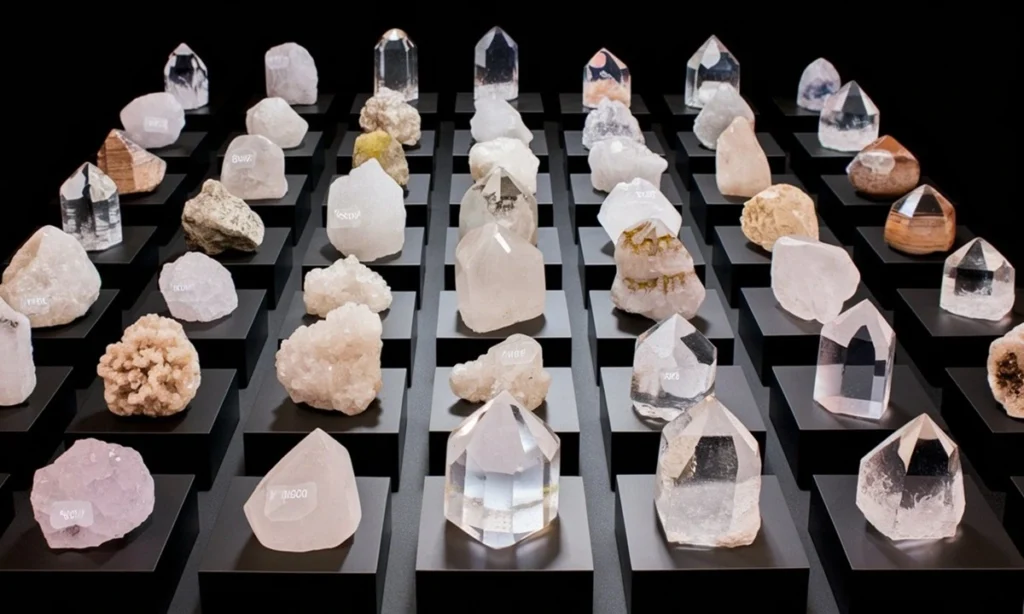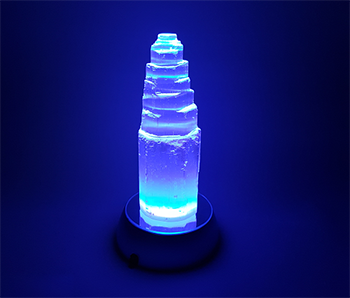Citrine is a stunning golden-yellow variety of quartz that has been cherished for centuries for its warm hues and brilliance. Often mistaken for topaz, citrine stands out due to its affordability, durability, and widespread availability. As one of the most popular gemstones for jewelry and collectors, citrine is a must-have for anyone who appreciates the beauty of natural minerals.
In this comprehensive guide, we will explore citrine’s origins, formation, physical properties, historical significance, and practical applications in jewelry and décor.
What is Citrine?
Citrine is a silicon dioxide mineral that belongs to the quartz family. Its distinctive golden color comes from traces of iron in the crystal structure. The shades of citrine can range from pale yellow to deep amber and even reddish-brown tones, depending on the iron concentration and the specific conditions under which the stone formed.
Citrine vs. Other Quartz Varieties
Quartz is one of the most abundant minerals on Earth, and citrine is a unique member of this family. Here’s how citrine compares to other quartz varieties:
- Amethyst – A purple quartz variety that can be heat-treated to create citrine.
- Smoky Quartz – A brown-to-gray quartz that can also be heated to produce citrine-like colors.
- Rose Quartz – A pink quartz that differs chemically and visually from citrine.
Where is Citrine Found?
Citrine is mined in various locations around the world, with some of the most notable deposits in:
- Brazil – The world’s largest supplier of citrine, especially from the state of Rio Grande do Sul.
- Madagascar – Known for producing high-quality natural citrine with deep hues.
- Russia – Produces fine citrine, often in golden-yellow tones.
- United States – Found in smaller deposits in Colorado, North Carolina, and California.
Natural vs. Heat-Treated Citrine
Most citrine available on the market is actually heat-treated amethyst or smoky quartz. Natural citrine is relatively rare and often has a lighter, more subdued yellow color, while heat-treated citrine tends to have a more vibrant orange or reddish hue.
How to Identify Natural Citrine
- Color: Natural citrine has a softer yellow or honey-like color, whereas heat-treated citrine often has a more intense orange tone.
- Zoning: Heat-treated citrine may show color zoning (uneven distribution of color), whereas natural citrine has a more uniform hue.
- Origin Disclosure: Reputable sellers will indicate whether a citrine specimen is natural or heat-treated.
The Use of Citrine in Jewelry
Citrine has been a favored gemstone in jewelry for centuries, and its durability and affordability make it an excellent choice for various types of adornments.
1. Citrine in Rings
Citrine’s bright golden hues make it a stunning centerpiece for rings. It pairs beautifully with both gold and silver settings and is often cut into oval, round, or cushion shapes to maximize brilliance.
2. Citrine Necklaces and Pendants
Citrine pendants and necklaces add a warm, luxurious glow to any outfit. Because of its sunny color, citrine is especially popular in fall and winter jewelry collections.
3. Citrine Bracelets and Earrings
Citrine is commonly used in bracelets and earrings due to its durability and eye-catching sparkle. Its warm tones complement a wide range of fashion styles, from casual to formal.
4. Citrine as a Birthstone
Citrine is one of the birthstones for November, along with topaz. It is also associated with 13th wedding anniversaries, making it a popular gift for milestone celebrations.
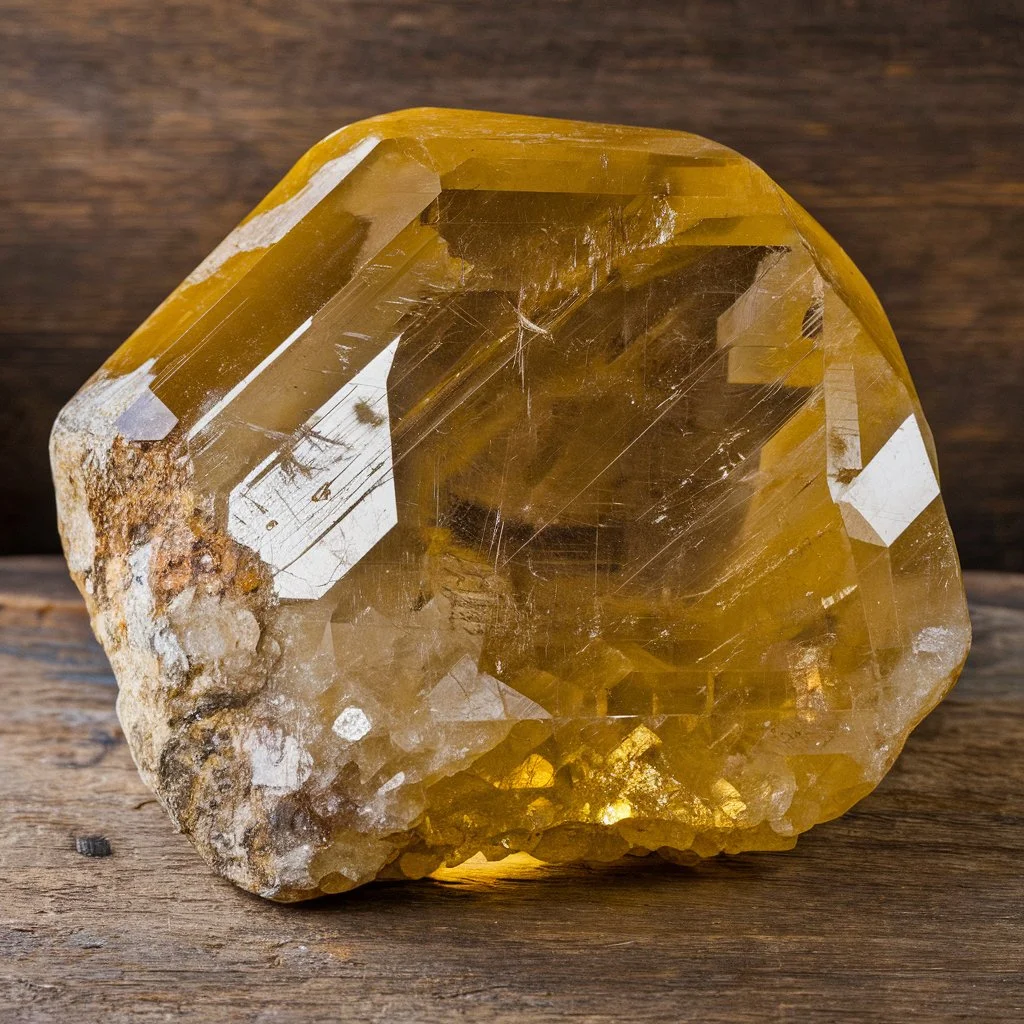
Durability and Care of Citrine
Citrine ranks 7 on the Mohs hardness scale, making it a durable gemstone for everyday wear. However, it still requires proper care to maintain its brilliance over time.
How to Clean Citrine Jewelry
- Use Mild Soap and Water: Clean citrine jewelry with a soft brush, warm water, and mild soap.
- Avoid Harsh Chemicals: Citrine can be damaged by prolonged exposure to acids or strong cleaning agents.
Store Properly: Keep citrine jewelry in a separate pouch or jewelry box to prevent scratches.
Protecting Citrine from Heat and Light
Although citrine is stable under normal conditions, prolonged exposure to high heat or direct sunlight may cause the color to fade. It is best to store citrine jewelry away from excessive heat and light when not in use.
Citrine in Home Décor and Collecting
Beyond jewelry, citrine is widely used in home décor, architecture, and collecting.
1. Citrine as a Decorative Element
Citrine’s warm hues make it a beautiful addition to interior design. Large citrine geodes and clusters are often displayed in living rooms, offices, and reception areas to add a touch of natural beauty.
2. Citrine in Crystal Collections
Mineral collectors value citrine for its striking color and crystal formations. Some specimens feature stunning clarity, while others exhibit intricate growth patterns, making each piece unique.
3. Citrine in Carvings and Art Pieces
Artisans often carve citrine into intricate shapes, statues, and decorative objects, showcasing its versatility as a sculpting material.
How to Buy High-Quality Citrine
If you’re looking to purchase citrine, whether for jewelry or collection purposes, keep the following factors in mind:
- Color: High-quality citrine should have a warm, even yellow-to-orange color without brownish or dull undertones.
- Clarity: Citrine is often transparent with minimal inclusions, making clear specimens more valuable.
- Cut: The precision of the cut enhances the gemstone’s brilliance and overall appearance.
- Origin: Natural citrine from Brazil or Madagascar is highly prized in the market.
Conclusion
Citrine is a gemstone that embodies warmth, elegance, and durability. Whether you’re looking for a stunning piece of jewelry, an eye-catching home décor element, or a beautiful specimen for your mineral collection, citrine is a fantastic choice.
If you’re interested in high-quality Minerals, explore our collection of authentic gemstones, jewelry, and decorative pieces today. Add a touch of golden beauty to your collection!

